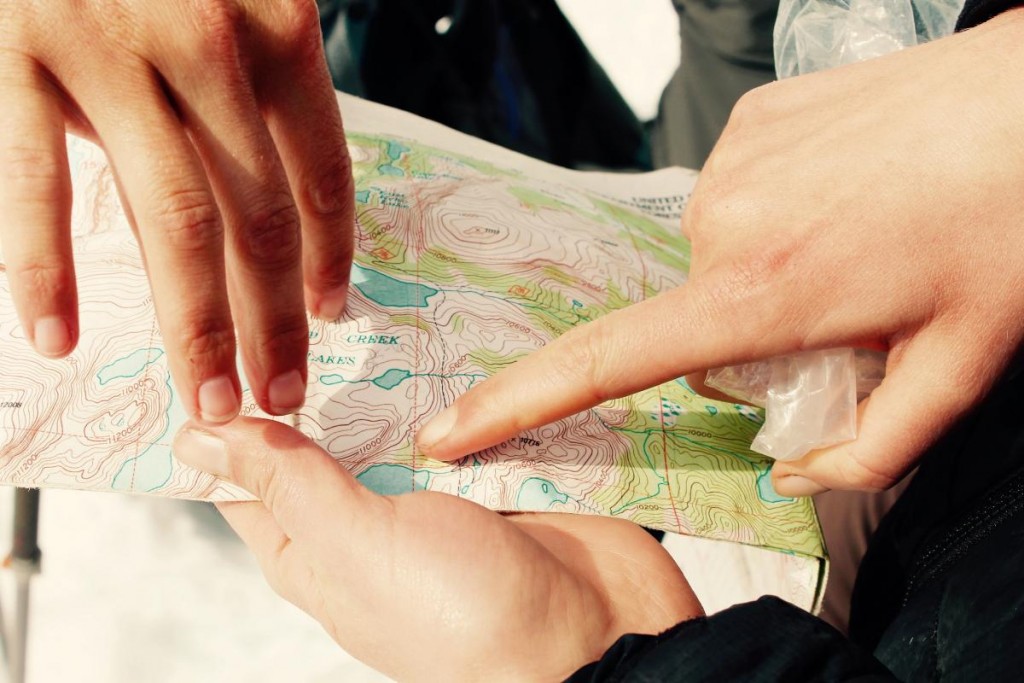Of all the frontcountry comforts, music is one of the things I miss the most when I go into the wilderness. I can’t bring a piano out there, and even a guitar is pretty cumbersome.
Luckily, I don’t have to leave music behind altogether.
In fact, I’ve found the outdoors can actually deepen your relationship with music. It’s a great chance to rid yourself of the canned music you can pump into your earphones and start making live music.
This is a list of the best instruments for backpacking. They’re light and portable, they’ll stand up to the elements, and they’re perfect for beginners and seasoned musicians.
1. Ukulele
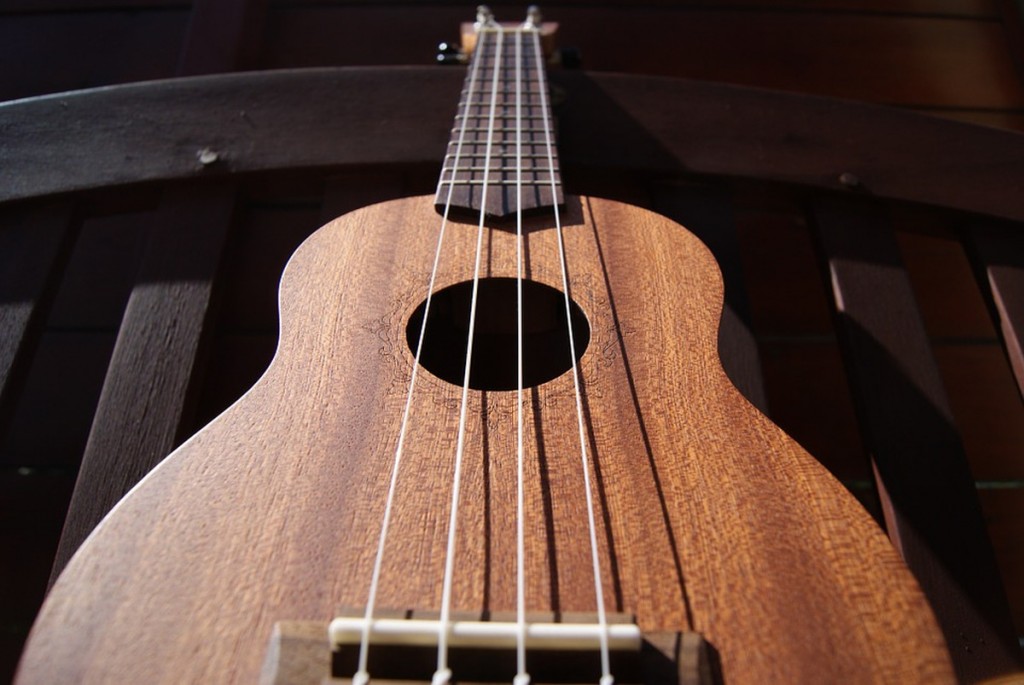 Photo from Pixabay.
Photo from Pixabay.If you shred on a six-string and want a lightweight alternative to take into the woods, or if you’re the singer-songwriter type and want to serenade your fellow expeditioners with lovesick lullabies, the uke is for you. Weighing in at only a pound and a half, the uke can easily be lashed to the outside of your pack, and you can make a protective case for it by cutting up an old foam sleeping pad and sticking it together with duct tape. Stuff your puffy jacket inside for extra cushioning.
The uke is quite friendly to beginners as well as experienced guitarists, and is a great instrument for sharing. Beware of water damage, and make sure you know how to tune the strings by ear (unless you plan on carrying an electric tuner and spare batteries with you).
2. Harmonica
 Photo by John X.
Photo by John X.This is for all the Bob Dylan wannabes and folk music aficionados out there. The harmonica comes in many different types; some are restricted to a particular major or minor scale and others are designed to play in all keys. The instrument can easily fit in your pocket, so you can bring it with you just about anywhere. Learning the basics is simple, but mastering the harmonica is not an easy task.
If you’re a beginner, make sure your tentmates love you unconditionally before committing to a daily practice regimen.
3. Flute
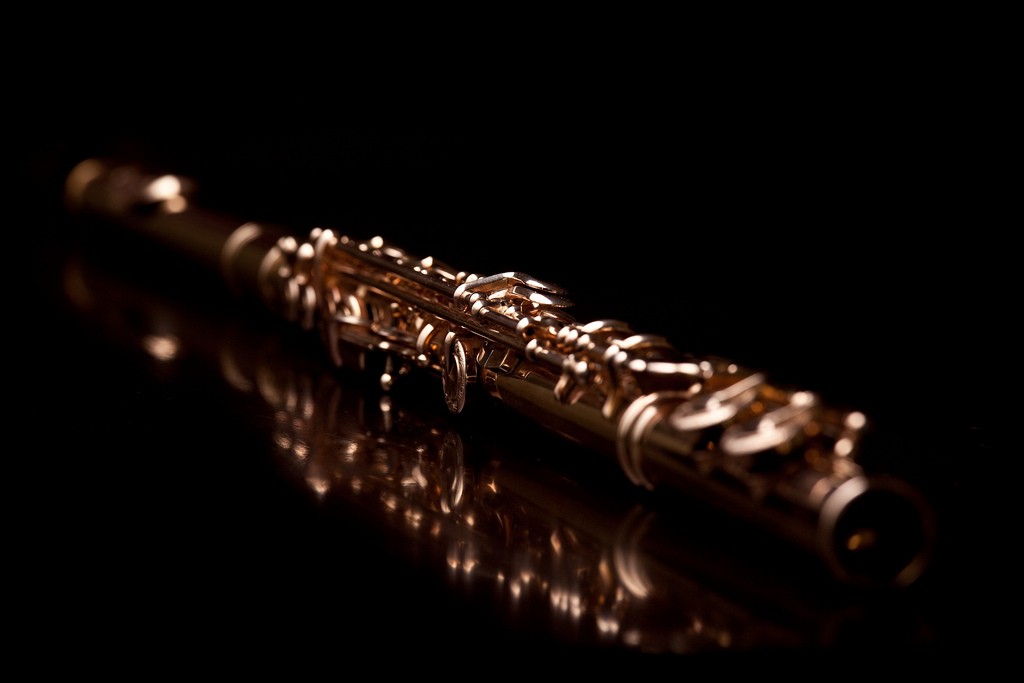 Photo by Peri Apex.
Photo by Peri Apex.The flute is one of the most common instruments played around the world. One advantage of the Western concert flute is that it is typically made of metal, making it more durable than wood or bamboo flutes when exposed to temperature fluctuations and moisture. It is still relatively fragile, and considerably heavier than non-metal flutes. Take care when purchasing or building a case for your flute. A variation on the ukulele case, using a few smaller clothing items instead of a puffy jacket, would work well. Looking to downsize? Try the piccolo.
4. Ocarina
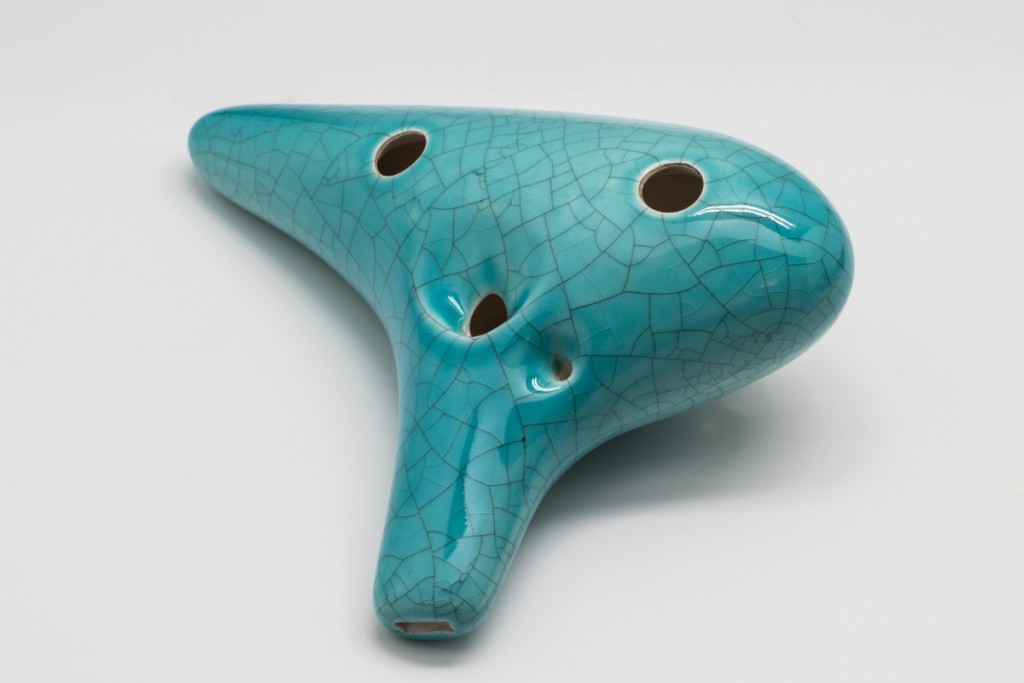 Photo from Wikimedia Commons.
Photo from Wikimedia Commons.
The ocarina is a wind instrument originated in ancient Mesoamerican and Chinese cultures. The ocarina produces a high, clear sound—perfect for playing on misty mountaintops while the sun sets behind you and eagles soar overhead. It’s usually made of clay, with between four and twelve finger holes, and it’s small enough to fit in your hand. If you have experience with ceramics, you can try making your own!
5. Jaw Harp
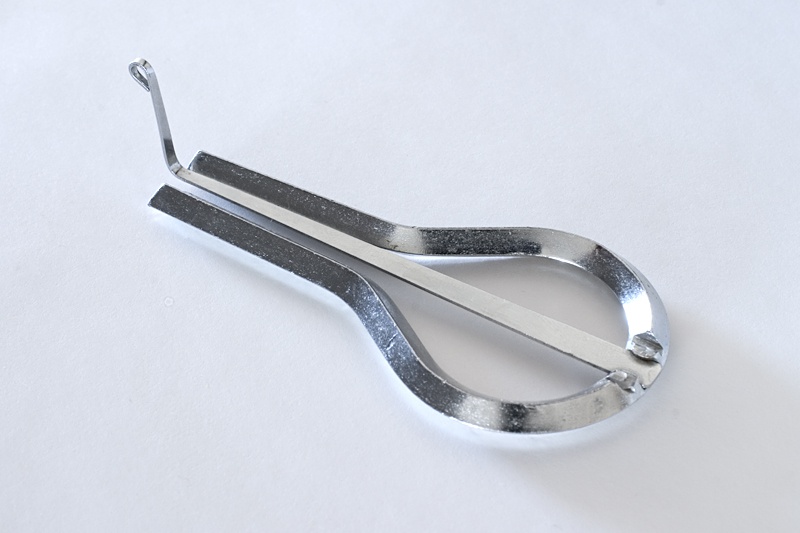 Photo from Wikimedia Commons.
Photo from Wikimedia Commons.
Ever wonder what makes that weird twanging sound in The Who song “Join Together"? You guessed it—that’s a jaw harp. To produce the characteristic sound, you pluck a metal reed with your finger while holding the instrument close to your mouth, which acts as a resonator.
The jaw harp gets major points for novelty, and you can be sure to get a “What the…?!” from your expedition-mates the first time you pull it out. Forget about melodies, though; the jaw harp can only play one pitch.
6. Percussion
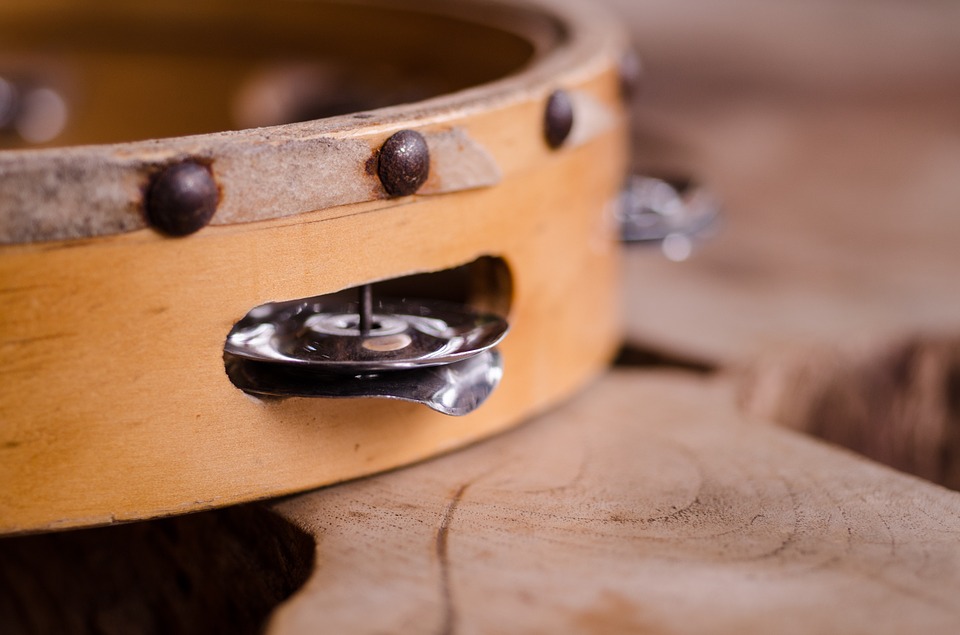 Photo from Pixabay.
Photo from Pixabay.This is a whole family of instruments, and you may already have your preferences. The two percussion instruments I recommend for the wilderness are the tambourine and shakers. While these may not be the most satisfying instruments to play on their own, they are the perfect addition to any backcountry musical ensemble. Get your groove on during campfire singalongs or uke jams!
7. Voice
 Photo from Wikimedia Commons.
Photo from Wikimedia Commons.
Hope you didn’t forget about this one! Whether you’re the next Beyoncé or you only sing in the shower, the backcountry is the place to let your voice be heard. If you aren’t a fan of solo singing, chances are you can find others with similar feelings to form a group. There’s usually a critical mass of people who know the lyrics to T-Swift and Disney songs by heart, or you may discover something else that captures the spirit of your group. Singing is the ultimate way to bring people together.
Explore NOLS Backpacking Trips!
Written By
Jacob Taswell
Jacob is a Spring Semester in the Rockies graduate and the summer 2016 Rocky Mountain intern. He plays and composes on the piano. Jacob enjoys independent record stores and people who still listen to 90s music.



